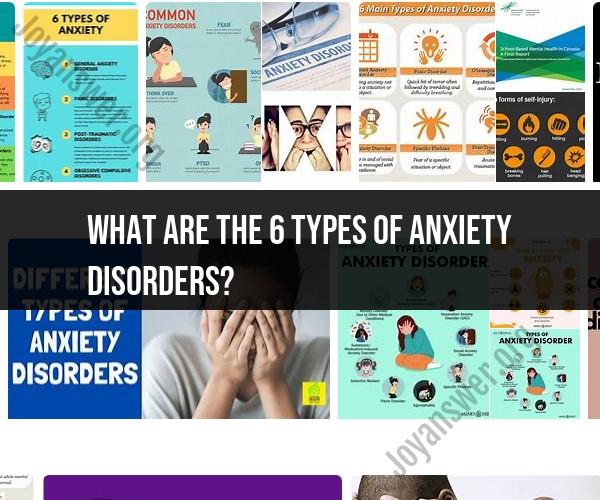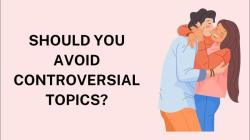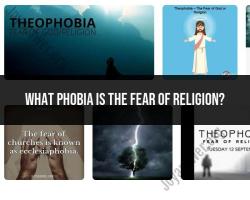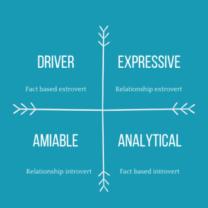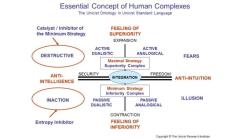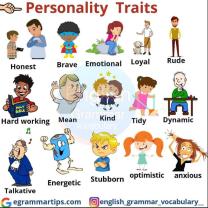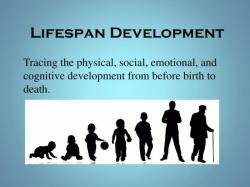What are the 6 types of anxiety disorders?
The Diagnostic and Statistical Manual of Mental Disorders, Fifth Edition (DSM-5), recognizes several specific types of anxiety disorders. These disorders are characterized by excessive and persistent anxiety and fear, and they can significantly interfere with a person's daily life. Here are the six primary types of anxiety disorders:
Generalized Anxiety Disorder (GAD): GAD is characterized by excessive and uncontrollable worry about various aspects of life, such as work, health, finances, or relationships. Individuals with GAD often experience physical symptoms like restlessness, muscle tension, and sleep disturbances.
Panic Disorder: Panic disorder is defined by recurrent and unexpected panic attacks, which are sudden and intense periods of fear or discomfort. These attacks may include symptoms like rapid heartbeat, shortness of breath, trembling, and a fear of losing control or dying. Individuals with panic disorder often worry about having more panic attacks.
Social Anxiety Disorder (Social Phobia): Social anxiety disorder involves an intense fear of social situations or performance situations in which an individual may be scrutinized by others. People with social anxiety fear embarrassment, humiliation, or negative evaluation by others, leading to avoidance of social situations.
Specific Phobia: Specific phobia is characterized by an irrational and intense fear of a particular object, situation, or activity. Common phobias include fear of heights (acrophobia), spiders (arachnophobia), flying (aviophobia), and many others. Avoidance of the phobic stimulus is a typical response.
Obsessive-Compulsive Disorder (OCD): OCD is characterized by the presence of obsessions and compulsions. Obsessions are intrusive, unwanted, and distressing thoughts or urges, while compulsions are repetitive behaviors or mental acts performed in response to the obsessions to reduce anxiety. Common obsessions and compulsions include concerns about cleanliness, symmetry, or harm.
Post-Traumatic Stress Disorder (PTSD): PTSD can develop after exposure to a traumatic event, such as combat, sexual assault, natural disasters, or accidents. Symptoms may include intrusive thoughts or memories of the traumatic event, nightmares, avoidance of reminders, negative mood changes, and heightened arousal responses.
It's important to note that individuals with anxiety disorders may experience a range of symptoms and levels of severity. Some people may also have comorbid conditions, meaning they have more than one mental health disorder simultaneously.
Effective treatments for anxiety disorders often include psychotherapy (such as cognitive-behavioral therapy), medication, or a combination of both. Early intervention and treatment can help individuals manage their symptoms and improve their quality of life. If you or someone you know is struggling with symptoms of anxiety, it is advisable to seek help from a mental health professional for assessment and appropriate treatment.
The Six Types of Anxiety Disorders: A Comprehensive Overview
The six types of anxiety disorders are:
- Generalized anxiety disorder (GAD): GAD is characterized by excessive anxiety and worry about a variety of things, such as health, money, or family. People with GAD may have difficulty controlling their worry, and they may experience physical symptoms such as restlessness, fatigue, and muscle tension.
- Social anxiety disorder (social phobia): Social anxiety disorder is characterized by a fear of social situations, such as parties, meetings, or public speaking. People with social anxiety disorder may worry about being judged or embarrassed in social situations. They may also experience physical symptoms such as blushing, sweating, and trembling.
- Panic disorder: Panic disorder is characterized by sudden and unexpected panic attacks. Panic attacks are episodes of intense fear that are accompanied by physical symptoms such as heart palpitations, shortness of breath, and chest pain.
- Agoraphobia: Agoraphobia is characterized by a fear of being in places or situations where escape might be difficult or embarrassing. People with agoraphobia may avoid going to the grocery store, using public transportation, or being in crowds.
- Separation anxiety disorder: Separation anxiety disorder is characterized by a fear of being separated from important attachment figures. Children with separation anxiety disorder may worry about their parents being gone, and they may experience physical symptoms such as stomachaches or headaches when they are separated from their parents.
- Specific phobias: Specific phobias are intense and irrational fears of specific objects or situations, such as spiders, heights, or blood. People with specific phobias may go to great lengths to avoid the things they fear.
Anxiety Disorders: Identifying the Different Categories
Anxiety disorders can be identified by their symptoms and by the duration and severity of the symptoms. To be diagnosed with an anxiety disorder, a person must experience the symptoms for at least six months and the symptoms must cause significant distress or impairment in social, occupational, or other important areas of functioning.
It is important to note that anxiety disorders can co-occur with other mental disorders, such as depression and substance use disorders. It is also important to note that anxiety disorders can be caused by a variety of factors, including genetics, brain chemistry, and life experiences.
A Closer Look at the Classification of Anxiety Disorders
The classification of anxiety disorders has evolved over time as researchers have learned more about these disorders. The current classification system, which is based on the Diagnostic and Statistical Manual of Mental Disorders, Fifth Edition (DSM-5), groups together anxiety disorders that share similar symptoms and causes.
The DSM-5 also includes a category for anxiety disorders that do not meet the full criteria for any of the specific anxiety disorders. This category is called anxiety disorder not otherwise specified (NOS).
Treatment for anxiety disorders
Anxiety disorders are treatable with a variety of methods, including therapy, medication, and lifestyle changes. Therapy, such as cognitive-behavioral therapy (CBT), can help people to identify and change the negative thoughts and behaviors that contribute to their anxiety. Medication can also be used to reduce the symptoms of anxiety disorders. Lifestyle changes, such as exercise and relaxation techniques, can also be helpful for managing anxiety.
If you are struggling with an anxiety disorder, please know that you are not alone. There are many people who care about you and want to help. Please reach out to a mental health professional for help.
